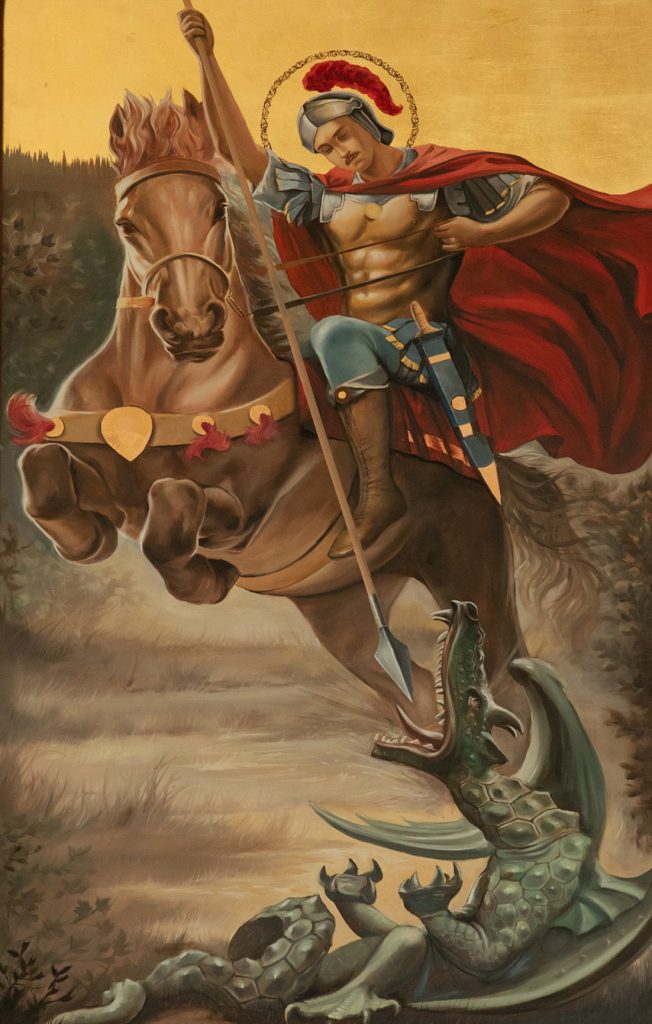
"Now, therefore, you are no longer strangers and foreigners, but fellow citizens with the saints and members of the household of God.”
(Ephesians 2:19)

Christ said, “But beware of men, for they will deliver you up to councils and scourge you in their synagogues. You will be brought before governors and kings for My sake, as a testimony to them and to the Gentiles”
(Matthew 10:17-18)
"Didn't I tell you not to oppose the Galileans, for their God is strong and mighty?"